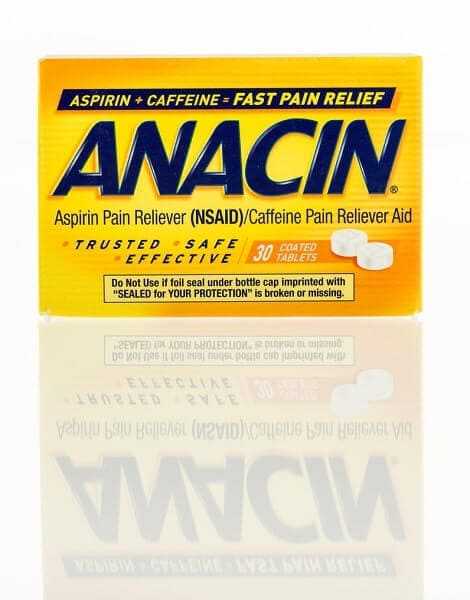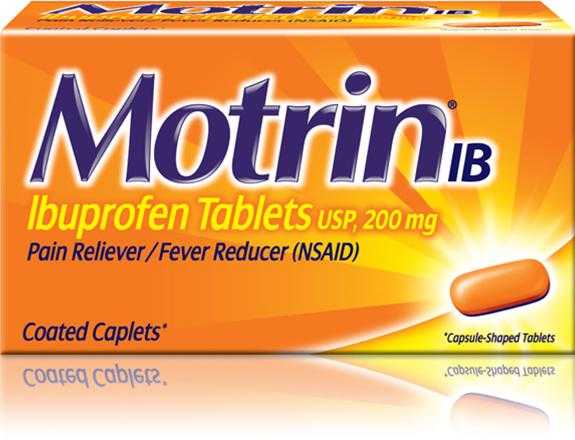Anti inflammatory drugs for Arthritis

Salicylates
How Salicylates work on Arthritis:
Salicylates occur naturally on willow barks and leaves. It is used by the Romans during early times for relieving the symptoms of fever and headache. The drug version is a more concentrated form of the salicylates found on willow barks. Salicylates are drugs that occur in two forms. The first form is non-acetylated and the other one is acetylated (combined with acetic acid). Aspirin (Acetylsalicylic Acid) is acetylated. Magnesium salicylate and Choline magnesium trisalicylate are non-acetylated. Salicylates work by decreasing the production of prostaglandins in the body. Prostaglandins are chemicals which cause pain and inflammation.
Side Effects and Precautions:
This type of medicine may decrease the kidney function and could possible impair any existing disease on the kidneys. Individuals with peptic ulcer should use this medicine with extra caution. It is not advisable to use this drug during the last 3 month of pregnancy. Persons with asthma are usually allergic to salicylates. Do not take salicylates with alcoholic or caffeinated drinks.

Forms, Dosage and Brandnames:
Salicylates occur in tablet or capsule form and should be taken with food to avoid stomach irritation. Drugs in this class include aspirin (Anacin, Ascriptin, Bayer Aspirin, Ecotrin) and salsalate (Mono-Gesic, Salgesic).
Adults: 350 to 500mg once a day.
Pregnant Women: Avoid salicylates if you are pregnant.
Children: Consult your doctor for proper dosing.
COX II Inhibitors
How COX-2 Inhibitors work on arthritis:
Traditional NSAIDs blocks both COX-1 and COX-2 enzyme. Cyclooxygenase-1 or COX-1 enzymes are responsible for the maintenance and protection of the stomach lining. By inhibiting COX-1, long term users of NSAIDs would often end up with stomach irritation and stomach ulcers. Newly designed COX-2 inhibitors are more specific in inhibiting Cyclooxygenase-2 which is mainly responsible for pain and inflammation. COX-2 inhibitors reduce the risk of stomach ulceration and bleeding as they reduce pain and inflammation from arthritis.

Side Effects and Precautions of COX-2 Inhibitors:
Since prostaglandins are involved in the regulation of blood pressure, there is an associated cardiovascular risk with COX-2 specific inhibitors. There is an increased risk of cardiovascular death, heart attack, stroke, or heart failure with long term use of COX-2 inhibitors.
Forms, Dosage and Brandnames of COX-2 Inhibitors:
Adults: Celebrex (Celecoxib) 800 mg/day
Vioxx (Rofecoxib)
Bextra (Valdecoxib
Prexige (Lumiracoxib)
Arcoxia (Etoricoxib)
Pregnant Women: Pregnant women are encouraged to avoid COX–2 inhibitors during the third trimester. Consult your doctor if you want to take this medication.
Children: No research has been done about the effects of COX–2 inhibitors on children
Traditional NSAIDs
How traditional NSAIDs work on arthritis:
NSAIDs does its job by blocking the production of prostaglandins. Prostaglandins are hormone like substances that are responsible for pain and inflammation. However, prostaglandins also protect the linings of the stomach and helps in maintaining normal kidney function. By blocking the prostaglandins, the patient can be relieved from pain and inflammation but it could also lead to upset stomach, stomach ulcers or improper kidney function. According to researchers NSAIDs block an enzyme known as Cyclooxygenase or COX. There are two forms of COX, COX-1 which is involved in the maintenance of healthy tissues and COX-2 which is mainly responsible for pain and inflammation. The problem with traditional NSAIDs is that they block both COX-1 and COX-2 that is why drug manufacturers developed the so called COX-2 inhibitors in order to lessen the incidence of ulcers and impaired kidney function.
Side Effects and Precautions of Traditional NSAIDs:
Take extra precaution of you are pregnant or if you have a history of kidney disease, liver disease or ulcers. It is best to take NSAIDs with food or with a glass of milk. Prolonged use of traditional NSAIDs can lead to ulcers and stomach bleeding.
Forms, Dosage and Brand Names of Tradional NSAIDs:
The following list are generic names and brand names of common traditional NSAIDs on the market.
Ansaid (Flurbiprofen), Arthrotec (Diclofenac/Misoprostol), Cataflam (Diclofenac Potassium), Clinoril (Sulindac)
Daypro (Oxaprozin), Dolobid (Diflunisal), Feldene (Piroxicam), Ibuprofen (Motrin, Advil),
Indocin (Indomethacin), Ketoprofen (Orudis), Lodine (Etodolac), Meclomen (Meclofenamate), Mobic (Meloxicam), Nalfon (Fenoprofen), Naproxen (Naprosyn, Aleve), Ponstel (Mefanamic Acid), Relafen (Nabumetone), Tolectin (Tolmetin), Voltaren (Dicolfenac Sodium).
For more information about Motrin- The Truth About Motrin
Adults: Diclofenac – 75 mg to 100 mg per day. Naproxene – 275 or 550 mg two times a day.
Pregnant Women: It is not recommended to take NSAIDs when you are pregnant because of higher incidence of miscarriage.
Children: Consult your doctor for proper dosing.






